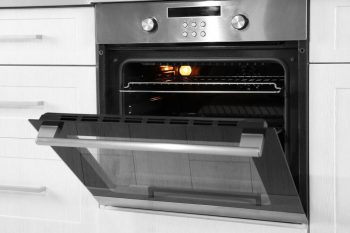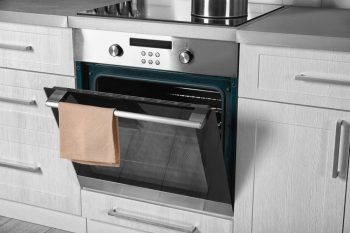
Ceiling fans can be a helpful addition during warm summer days. But it may seem like a useless, energy-wasting appliance when it blows hot air or isn’t blowing air at all.
When your fan spins without creating airflow, it’s time to troubleshoot it. But why is the air from your ceiling fan minimal, and how can you fix it?
Knowing why your ceiling fan is not blowing air can be a massive step toward understanding how to fix it. And some of the potential reasons the air from your ceiling fan is minimal can be:
- Incorrect blade rotation.
- Wrong blade size.
- Misaligned blades.
- Slow blade speed.
- Electrical issues.
Stay safe when troubleshooting your ceiling fan by turning off the circuit breaker to avoid electric shocks.
This article will walk you through troubleshooting your ceiling fan when it isn’t blowing air. You will learn why your ceiling fan isn’t working and how to fix it.
5 Reasons Your Ceiling Fan Isn’t Blowing Air and How To Fix It
When your ceiling fan isn’t working, the potential solution ranges from quick fixes to complete fan replacement. Below we will explain why your ceiling fan isn’t blowing air, what you can do about it, and whether or not you have the wrong ceiling fan.
1. Incorrect Rotation
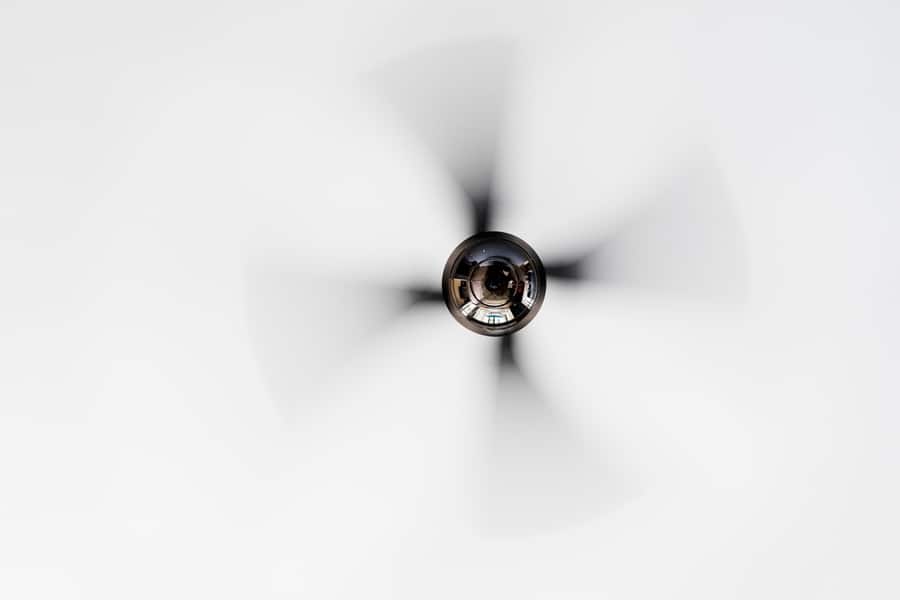
The direction of your ceiling fan might be why it isn’t blowing air. If the fan is spinning in a clockwise direction, you wouldn’t feel it blowing air. When the fan rotates clockwise, it pulls air upwards, making the room temperature feel warm, which is ideal for winter months.
But for the summer months, the direction of the fan blade should be anti-clockwise. Thankfully, most ceiling fans come with a switch that allows you to adjust the fan’s blade direction.
Here’s what to do when your ceiling fan isn’t working because the blade rotation is incorrect:
- Turn off the fan and use a stole to reach the fan housing.
- Find the switch on the fan housing and flip it to the counterclockwise option.
- Turn on the fan, and inspect if the fan is rotating counterclockwise.
2. Wrong Blade Size
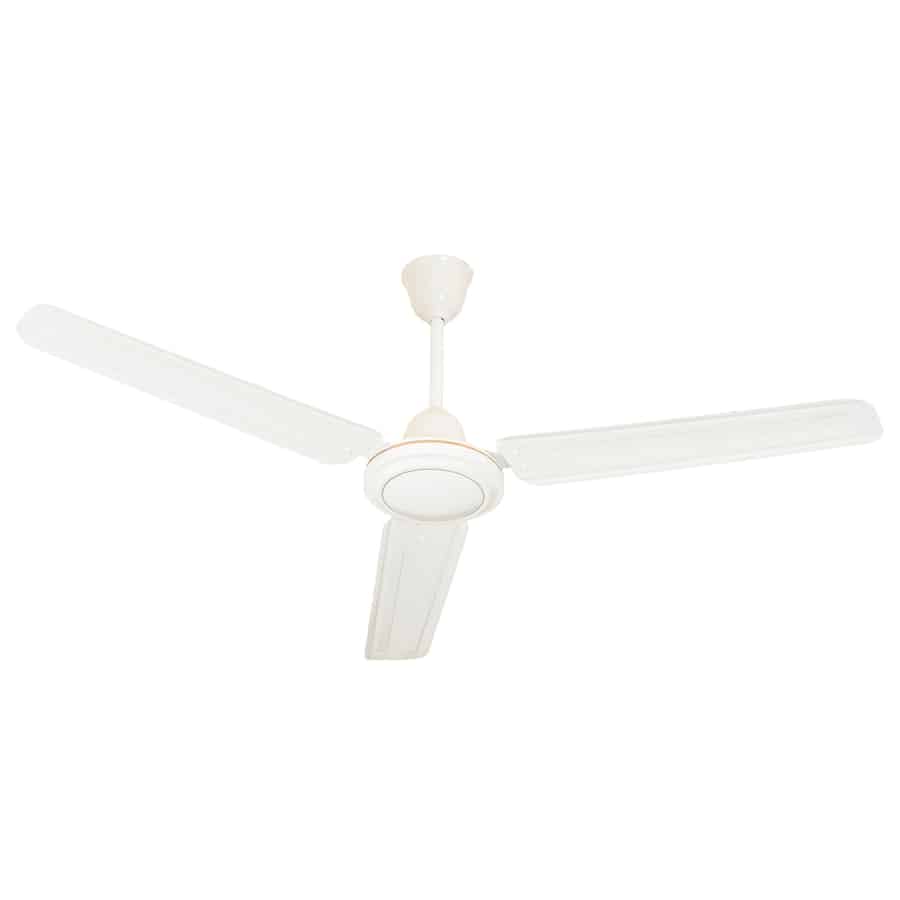
Another possible reason you are having issues with the amount of air from your ceiling fan may be that you have the wrong fan blade sizes. If the blade is too small, it will hardly generate enough airflow to make any difference. Similarly, if the blades are too big, they create too much wind resistance, hindering the fan’s speed.
Always choose the fan blade size based on your room size.
Here’s what to do when your ceiling fan isn’t working because the blade size is wrong:
- First, determine how large your room is, in square footage, by multiplying its length and width.
- If your space is less than 75 sq ft., choose a fan between 28 and 26 inches.
- If your space is between 76 and 225 sq ft., choose a fan blade between 36 and 44 inches.
- If your space is between 146 and 225 sq ft., choose a fan blade between 44 and 54 inches.
- If your space is between 226 and 400 sq ft., choose a blade between 50 and 72 inches.
- And if your space is bigger than 400 sq ft., install more than one fan with blade size between 54 and 72 inches.
3. Misaligned Blades

If you or the installer misaligned the ceiling fan’s blades during installation, it wouldn’t generate any airflow to make a difference. For example, if the blades were placed upside down, and you have the blade direction set to rotate counterclockwise, the fan will blow air upwards rather than downwards as you wanted. If you suspect your blades are misaligned, you must remove them and place them correctly.
Here’s what to do when your ceiling fan isn’t working because of misaligned blades:
- Turn off power from the circuit breaker, and use a ladder to reach the ceiling fan.
- Use a screwdriver to loosen the screws holding the blades or an Allen key, depending on the manufacturer’s fastener choice.
- Reposition the blade the right way and fasten them back in place.
- Alternatively, if the blades are misaligned because they are slightly bent, gently bend them back to the correction position.
- Turn the power back and test if it makes any difference.
4. Slow Blade Speed
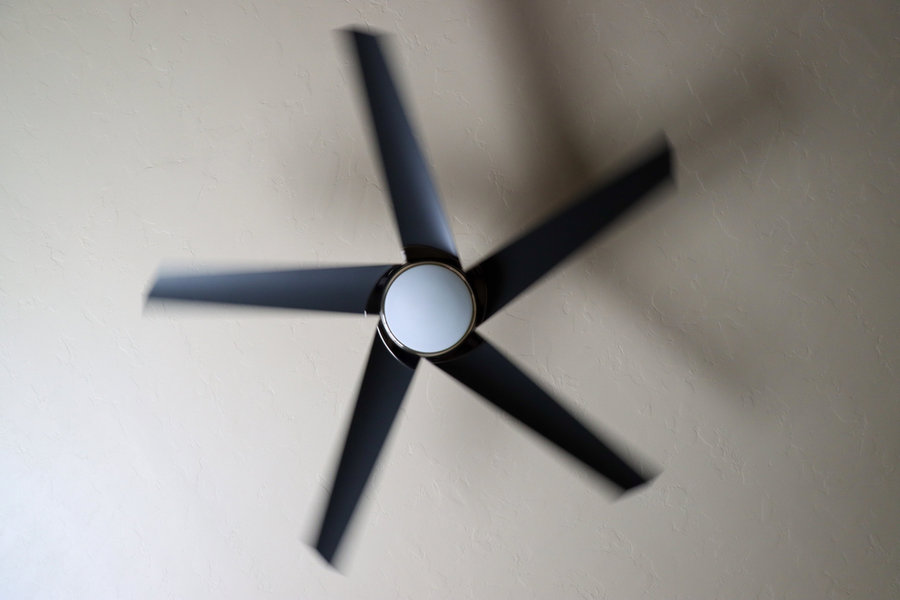
Another reason you do not feel the airflow of your ceiling fan could be because its blades are too slow. When your fan moves too slowly, it won’t push much air. Your fan speed could be too slow because of wear and tear, you set it at a low-speed level, or the CFM rating is low.
Here’s what to do when your ceiling fan isn’t working because of slow blade speed:
- Check if the fan has multiple speed settings.
- If the ceiling fan was set at a lower fan speed, increase it if you want better airflow.
- Alternatively, check if the CFM rating of the ceiling fan is too low compared to your space.
- If the CFM rating is too low, consider getting a replacement ceiling fan with a high CFM rating that is ideal for your space.
5. Electrical Issues

Your ceiling fan may be experiencing electrical issues, which is why it is not blowing air. This issue could arise from loose or damaged wires, an oversized motor that demands too much power, insufficient voltage, wattage, or amperage, an improper electrical wire gauge, etc.
Here’s what to do when your ceiling fan isn’t working because of electrical issues:
- Check if there are loose wires, and tighten them or replace stripped, broken, or worn wires.
- Test the voltage entering the fan to ensure it is between 120 and 220 volts depending on the fan’s requirement.
- Replace the circuit breaker if it isn’t supplying the proper voltage.
- Ensure you are using the right wire gauge for the fan.
- Check if the fan’s motor is too big or has been modified.
Conclusion
Overall, as you can see from this article, there are many reasons your ceiling fan is not blowing air. The majority of the time, it is something you can quickly fix to resolve the issue. But after trying all the recommended troubleshooting tips in this article, the fan still acts out; it’s time you consider going for a replacement.
You can also contact a professional electrician to inspect the fan for faults.
Frequently Asked Questions
Why Does My Ceiling Fan Have Power but Not Work?
In most cases, when your ceiling fan stops working but the light is still working, check if it makes a humming noise. If it makes a humming noise, it is most likely the fan stopped working due to a blown motor capacitor. Often the capacitor blows when the fan is overheating.
In such cases, you must replace the capacitor to get your fan working again.
Do Ceiling Fans Have Fuses?
Most manufacturers integrate a built-in fuse in their ceiling fans. This fuse protects the motor from power surges. In the event of a power surge, the fuse can become damaged, not the motor.
So, when you replace the fuse, the fan should work normally.


